We shall discuss the definition of characteristics of steel and steel grading: chemistry, Properties.
Steel grading systems consider chemical composition, processing, and mechanical properties to enable manufacturers to select the right product for their application. In addition to the actual percentage of carbon and other alloys present in the material, the microstructure also has a great influence on the mechanical properties of steel.
It is important to understand the definition of microstructure and the ways in which the microstructure of steel is manipulated using cold and hot forming and after fabrication. These techniques can be used to produce products with specific mechanical properties.
However, control of composition and microstructure will lead to trade-offs between different properties. For example, harder steel may eventually lose its strength. Microstructure The microstructure of a material is the way in which the molecules are held together by the forces between those molecules.
The properties of the material are altered by using heating and cooling operations to convert the microstructure from one form to another. Microstructures are invisible to the naked eye but can be studied under a microscope. Steel can take on several different microstructures – ferrite, pearlite, martensite, cementite, and austenite.
ferrite is a term used to describe the molecular structure of pure iron at room temperature. Steels with very low carbon content also use the same microstructure. The characteristic form of ferrite is cubic crystal structure (BCC).

Visually imagine a cube with one molecule at each corner and one molecule at the center of the cube. The molecules in BCC are looser than other microstructures, which contain more molecules per cube. However, the amount of carbon that can be added without changing the ferrite microstructure is very small, only 0.006% at room temperature.
Austenite is a microstructure that forms when iron-based alloys are heated above 1500°F and below 1800°F. If the right alloy, such as nickel, is present in the steel, the material will retain this microstructure even when cooled. The characteristic form of austenite is cubic crystal structure (FCC). Visually, imagine a cube with one molecule at each corner and one molecule in the center of each side of the cube.
The molecules in the austenite structure are denser than the molecules in ferrite. Austenite can contain up to 2% carbon and is a common microstructure of stainless steel. cementite When carbon steel is heated into the austenitic range—and then cooled without any alloying to maintain the austenitic form—the microstructure reverts to its ferritic form.
However, if the carbon content is greater than 0.006%, the excess carbon atoms combine with iron to form a compound called iron carbide (Fe3C), also known as cementite. Cementite does not form on its own, as some material remains ferrite. pearlite is a layered structure consisting of alternating layers of ferrite and cementite.
This happens when the steel cools slowly and forms a eutectic mixture. A eutectic mixture is a mixture in which two molten substances crystallize simultaneously. In these conditions, ferrite and cementite are formed simultaneously, resulting in alternating layers in the microstructure.
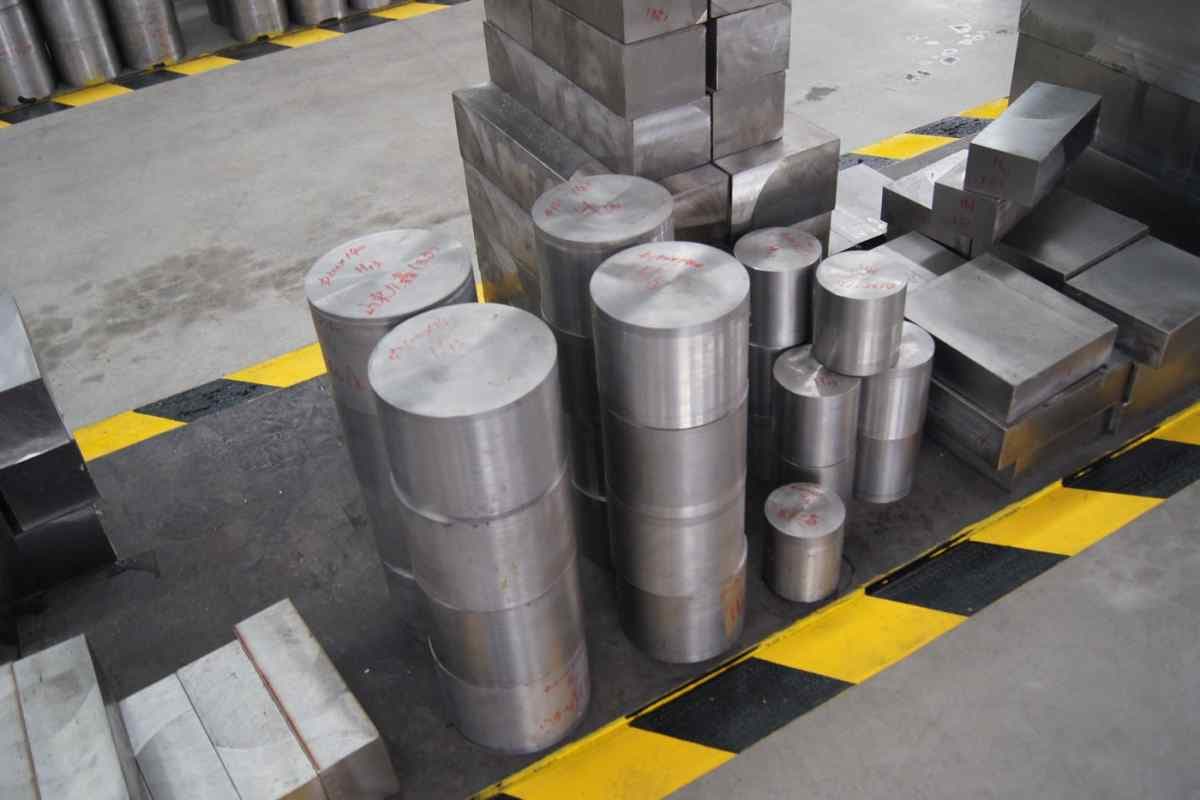
Martensite has a body-centered tetragonal crystal structure. This microcrystalline form is achieved by rapidly cooling the steel, which causes carbon atoms to become trapped within the iron lattice. The result is a very hard needle-like structure of iron and carbon.
Steels with a martensitic microcrystalline structure are usually low-carbon steel alloys containing about 12% chromium. Understanding the microstructure of steel and how it affects the mechanical properties of the material is important for steel manufacturers and consumers.
Carbon content, alloy concentration and finishing methods all affect the microstructure and can therefore be used to control the properties of the final product.
Depending on the finishing method and heat treatment used, two samples with the same alloy content may have different microstructures. Hot and cold forming When molten steel is cast, it must be shaped to its final shape and then finished to prevent corrosion.
Steel is usually cast into machine-ready shapes: blooms, billets, and slabs. Then the casting is formed by rolling. Depending on the material and the intended application, hot, hot, or cold rolling is possible. During rolling, compression deformation is done using two work rolls.
The rollers rotate rapidly to simultaneously pull and compress the steel between them. Cold forming Rolling steel at a temperature below that of recrystallization is known as cold forming. The pressure exerted by the rolls on the steel causes dislocations in the microstructure of the material and creates grains in the material.
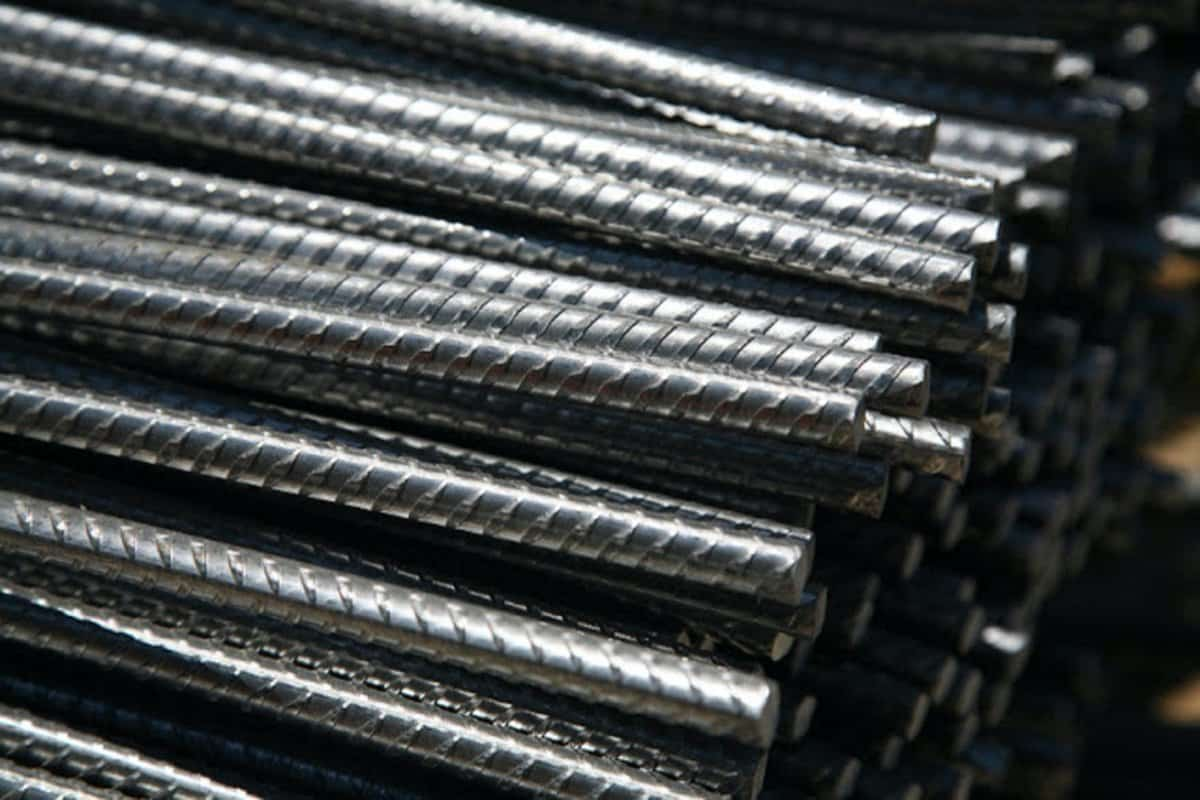
As these dislocations increase, the steel becomes harder and more difficult to deform. Cold rolling also causes brittleness in the steel, which can be overcome by heat treatment. The steel produced in the hot rolling workshop is uniform and with a higher coating.
After rolling, steel is finished using secondary processing techniques to prevent corrosion and improve mechanical properties: cover Surface treatment heat therapy The effect of heat treatment The microstructure of steel can be changed by controlled heating and cooling. This has led to the development of various heat treatment methods to change the microstructure and obtain desirable changes in mechanical properties.
The microstructure of steel undergoes a phase change at certain temperatures. Heat treatment is based on understanding and manipulating some transition points: Normalize the temperature Austenite is a phase that forms other structures.
Most heat treatments begin by heating the steel to a homogeneous austenitic phase of 1500 to 1800°F. High critical temperature The upper critical temperature is the temperature at which cementite or ferrite begins to form. This happens when the steel is cooled at a normal temperature. Depending on the carbon content, the point is between 1333-1670 degrees Fahrenheit.
Lower critical temperature the transition between austenite and pearlite occurs at the lower critical temperature. Austenite cannot exist at lower critical temperatures below 1333°F. The cooling rate—from the normalizing temperature to the upper and lower critical temperatures—determines the microstructure of the steel at room temperature.
Heat treatment includes a wide range of processes including annealing, quenching, and tempering. Strength and ductility in steel are mutually exclusive. Heat treatment can decrease strength while increasing ductility, and vice versa.
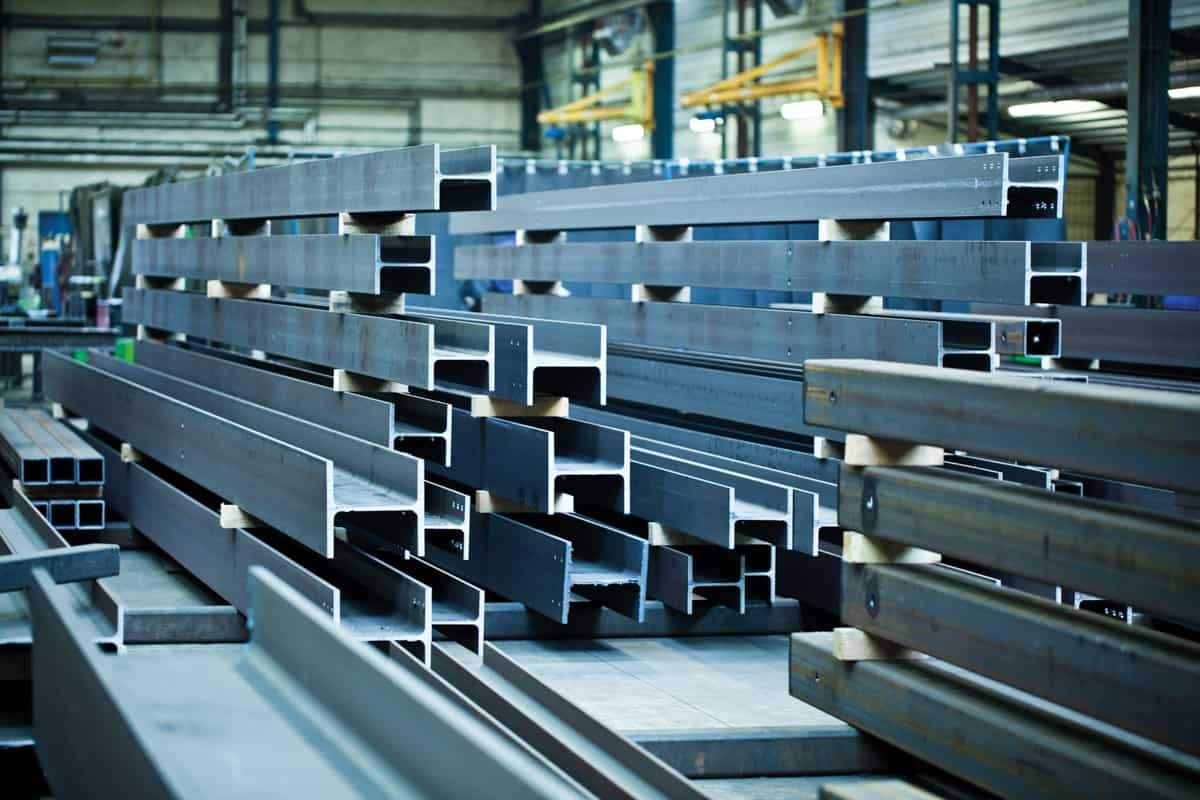
Types of heat treatment Steel
Spheroid
Spheroidization occurs when carbon steel is heated to 1290°F for 30 hours. The cementite layer in the microstructure of pearlite turns into spheres and as a result, it becomes the softest and most flexible steel. Fully annealed
Carbon steel is annealed by first heating to just above the upper critical temperature (holding that temperature for one hour) and then cooling to about 36°F per hour. This process creates a coarse pearlite structure that is malleable and has no internal stress.
Annealing process annealing reduces stress in cold-worked mild steel (>0.3% C). Heat the steel to 1025-1292°F for one hour. Dislocations in the microstructure are repaired by crystal refinement before cooling. Isothermal annealing High carbon steel is first heated above the high critical temperature. Then hold, cool to a lower critical temperature, and hold again. Then gradually cool to room temperature. Before the following chilling phase, this procedure makes sure the material reaches a consistent temperature and microstructure.

To normalize Carbon steel is heated to a normal temperature for one hour. At this stage, the steel completely enters the austenite phase. Then the steel is cooled with air. Normalization produces a fine pearlitic microstructure with high strength and hardness. turn off Medium or high carbon steel is heated to a normal temperature and then quenched (rapidly cooled by immersion in water, brine, or oil) to a high critical temperature.
The quenching process creates a martensitic structure – very hard, but brittle. hardened steel It is the most common heat treatment because its results can be accurately predicted. The hardened steel is reheated to a temperature below the lower critical point and then cooled.
Temperatures vary depending on the desired result – the most common being the 298-401°F range. This process restores some of the toughness of the brittle hardened steel by allowing some spheroids to form.
Mechanical behavior Mechanical properties are measured according to international standards such as ASTM (American Society for Testing and Materials) or SAE (Society of Automotive Engineers).
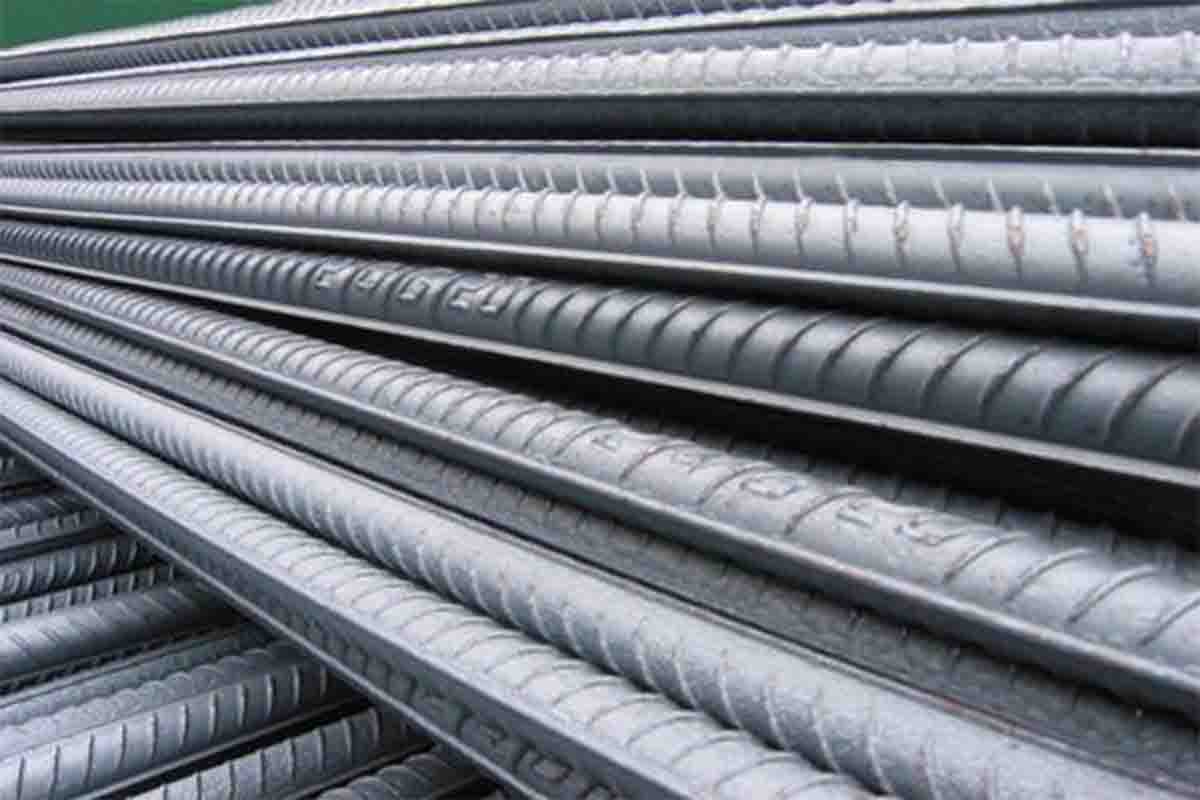
Key Mechanical Properties of Steel
Hardship
A material’s capacity to withstand wear is referred to as hardness. An increase in hardness can be achieved by increasing the carbon content and forming martensite through quenching.
Strength – Strength Metal strength is the force required to change the shape of a material. Normalizing a piece of steel increases its strength by creating a consistent microstructure throughout the material.
Ductility
Ductility is the ability of a metal to change shape under tensile stress. Cold-formed steel has low ductility due to dislocations in the microstructure. Process annealing improves this by modifying the crystal and thereby removing some dislocations.
Toughness The capacity to bear pressure without breaking is what we call toughness. Hardened steel can be made harder by tempering and adding spheroids to the microstructure.
Machinability work Steel is said to be machinable if it can be easily shaped through cutting, grinding, or drilling. Hardness has a big impact on machining. The more difficult a material is to machine, the harder it is. tinning
Weldability is the ability of steel to weld flawlessly. It mainly depends on the chemical composition and heat treatment. Melting points, as well as electrical and thermal conductivity, can affect the solderability of a material. For more information on the mechanical properties and testing of steel, see Properties and production of steel castings.

The descriptor of quality descriptors applies to a wide range of steel products such as commercial, industrial, or structural quality. These labels identify specific steels as suitable for applications and production processes, thereby speeding up market navigation and decision-making.
Steel is divided into special categories based on several different factors: Internal health Chemical composition and uniformity The degree of surface defects Test coverage during construction Number, size, and distribution of components hardness Steel grading system Specifications, such as those published by ASTM, AISI (American Iron and Steel Institute), and SAE, provide a standard language for engineers, manufacturers, and consumers to communicate the properties of steel.
Grading is often very specific – covering all aspects of chemical composition, physical properties, heat treatment, manufacturing process, and shape. ASTM systems use descriptive letters followed by serial numbers. For example, “A” is for ferrous metals and “53” is the number assigned to galvanized carbon steel.
All information mentioned above providing to the buyers who want to know and buy metal steel products with professional and innovative thoughts, and passionate and enthusiastic attitudes.
Our vision is to be a standard for customized products and quality services so that we can build a good brand image for our company in the national and international markets with competitive prices and cheap shipping services.
We are eager to do what we do and strive to further the needs of our customers by providing quality products and services. And do not hesitate to any questions our support teams are available. For more information kindly visit our site.
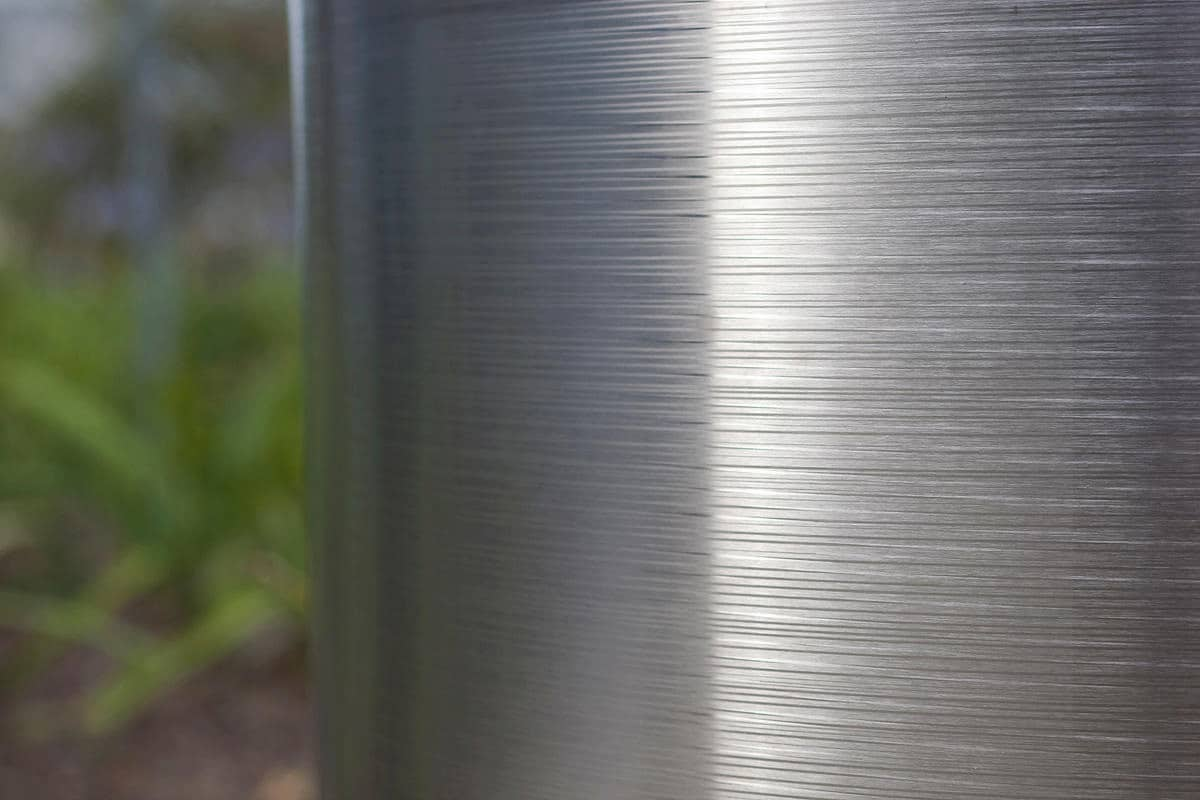





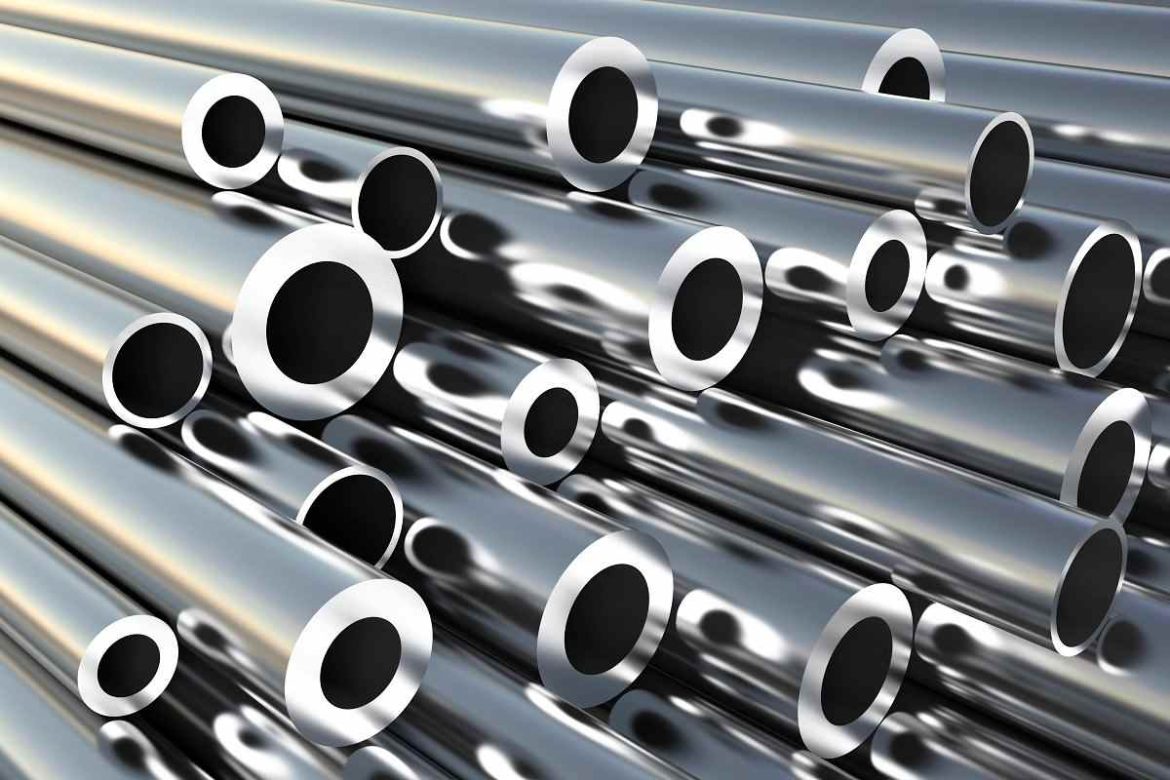
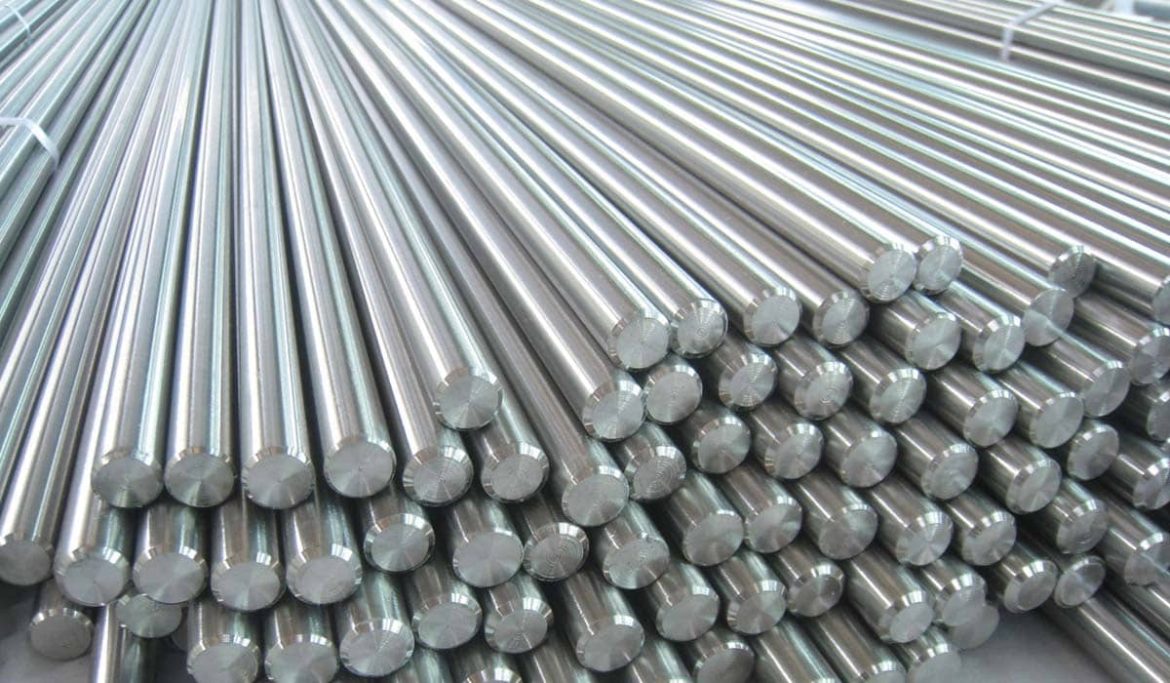
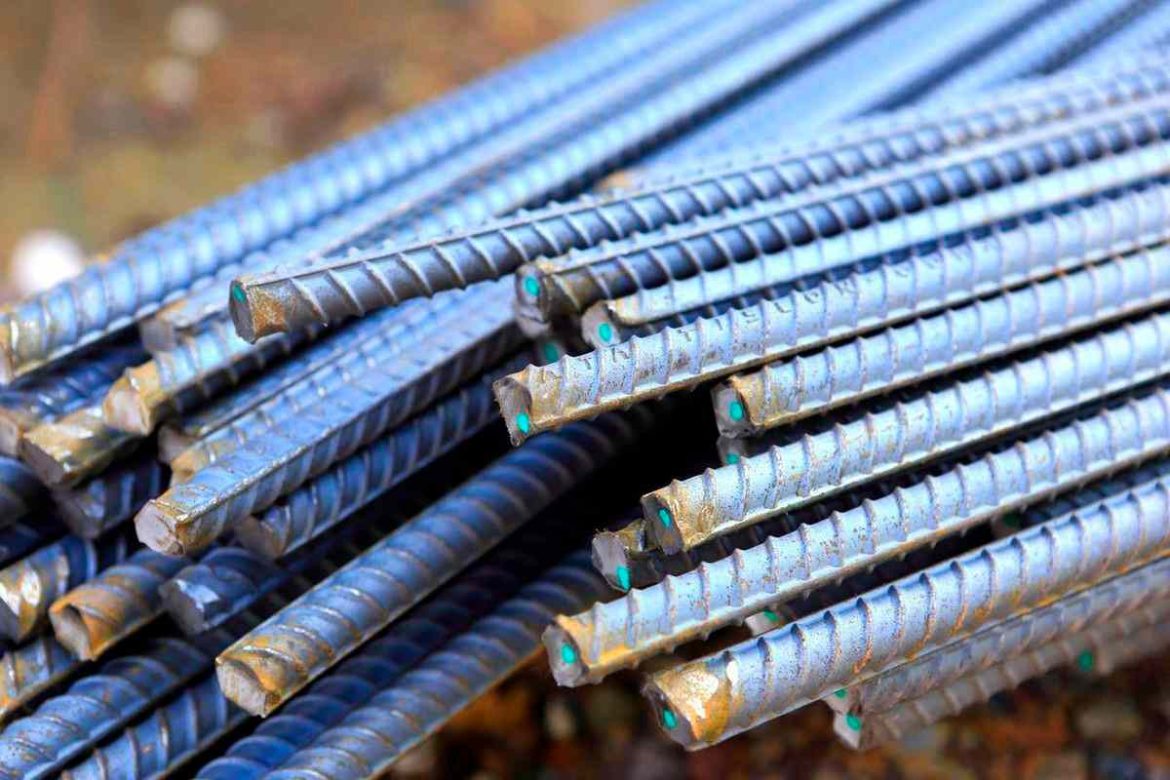
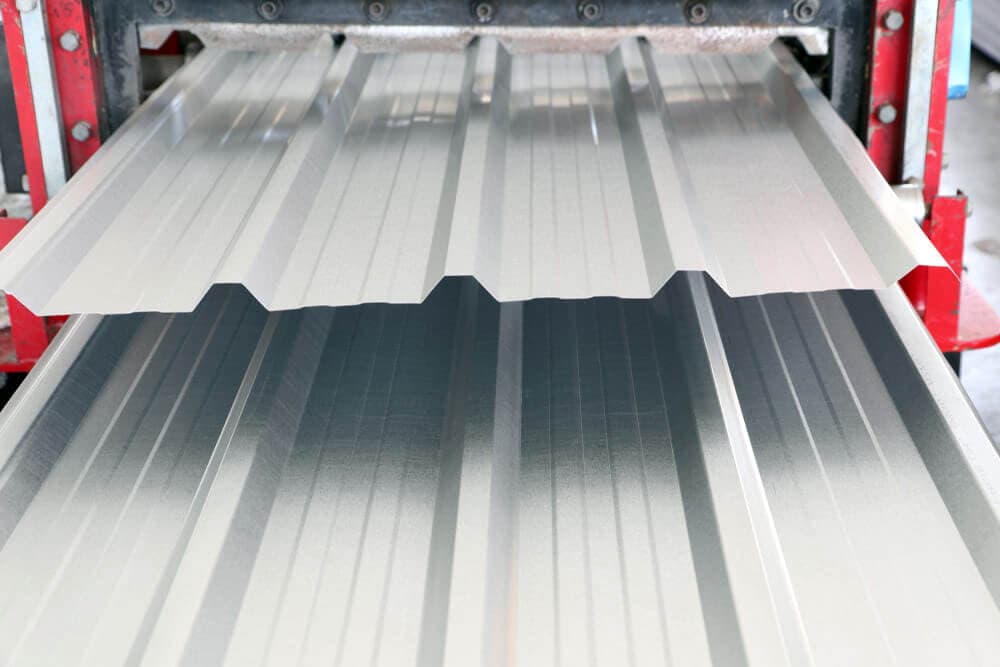
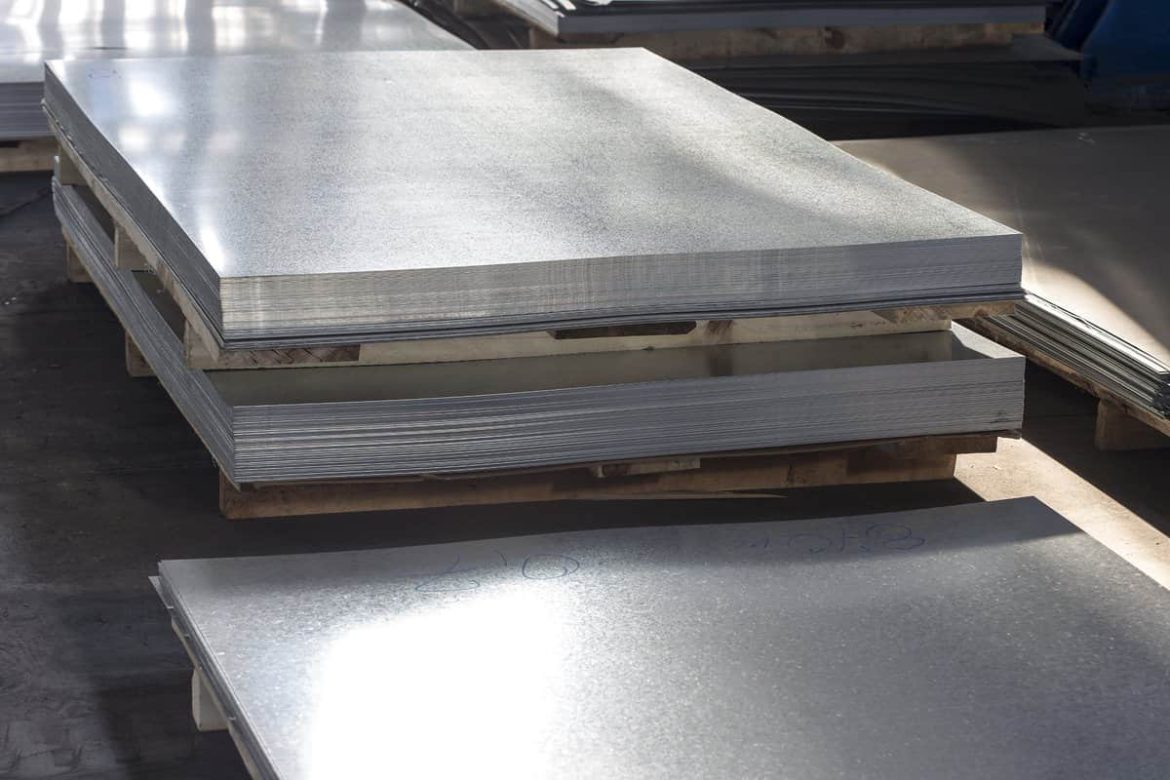
Your comment submitted.